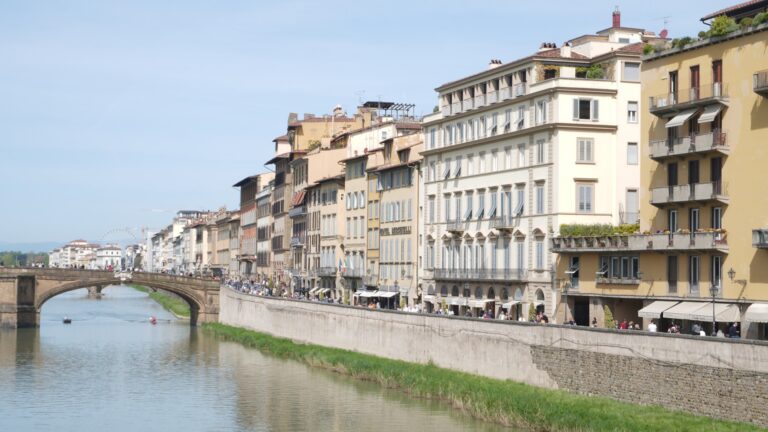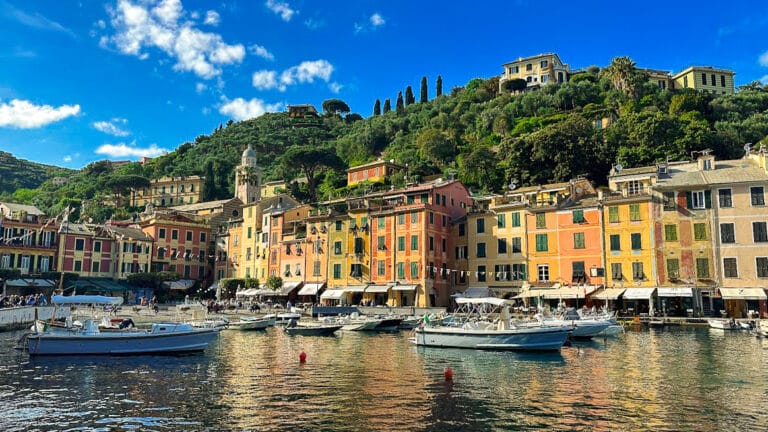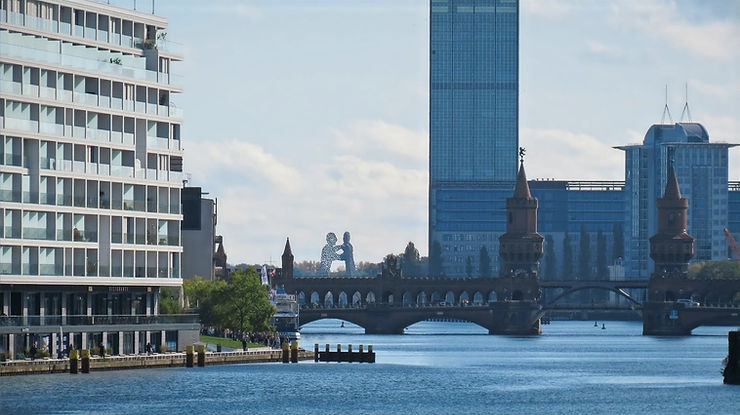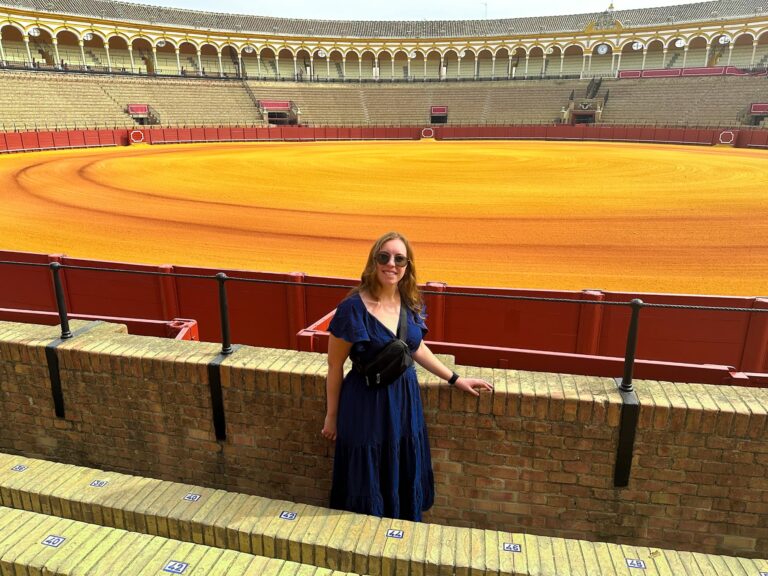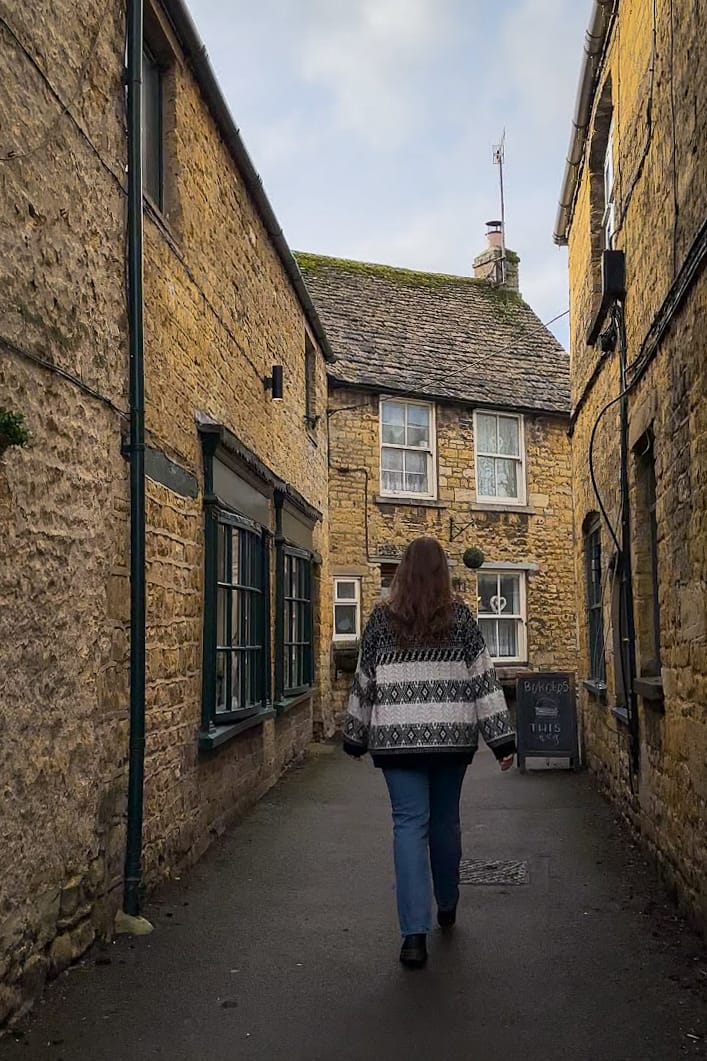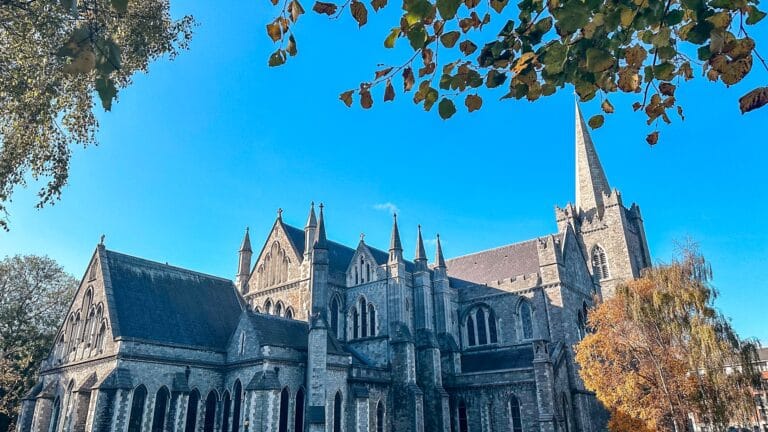
Ireland is a land of breathtaking landscapes, ancient history, and warm hospitality, making it a dream destination for travelers. It is a country fondly known as the Emerald Isle, is a land of stunning landscapes, rich history, and warm-hearted locals. Whether you’re dreaming of rolling green hills, ancient castles, or cozy pubs, Ireland promises an adventure that stays with you forever.
If you’re looking to immerse yourself in Irish culture and explore its stunning beauty, this is your best ireland travel guide to get you started.
When I first visited Ireland, I was captivated by its enchanting blend of natural wonders and rich traditions. From exploring the Cliffs of Moher to sipping Guinness in a cozy Dublin pub, every moment was unforgettable. To help you make the most of your trip, I’ve compiled the best travel guide for your next trip to Ireland, complete with tips on when to go, where to stay, and the must-see spots across the country.
Table of Contents

Things to Know Before Visiting Ireland
Here’s what you need to know to prepare for your trip, as covered in this best Ireland travel guide:
- Documents: A valid passport is required for entry. For most visitors, a visa isn’t needed for stays under 90 days.
- Language: English and Irish (Gaelic) are the official languages. While English is widely spoken, you’ll see Irish on road signs and hear it in rural areas.
- Currency: Ireland uses the Euro (€). Credit cards are accepted almost everywhere, but it’s wise to carry cash for small purchases, especially in rural spots.
- Tipping: Tipping 10–15% in restaurants is appreciated but not obligatory. No need to tip in pubs unless you receive table service.
- Electricity: Ireland uses a 230-volt system with three-prong plugs (Type G). Bring an adapter if you’re coming from outside the UK.
- Water: Tap water is safe to drink unless otherwise stated. Consider carrying a reusable bottle to stay hydrated.
Driving Tip: If you plan to rent a car, keep in mind that Irish roads, particularly in rural areas, can be narrow and winding. Drive cautiously and be prepared to yield to oncoming traffic, especially on single-lane roads. GPS apps are helpful, but having a physical map as a backup is always a good idea in case of spotty signal coverage in remote areas.

When is the Best Time to Visit?
The best time to visit Ireland largely depends on your preferences, but late spring (April to May) is a favorite for many travelers. During these months, the countryside comes alive with vibrant greenery and colorful blooms, and the weather is mild with longer daylight hours. It’s also a great time to explore popular sites with fewer crowds compared to peak summer.
If summer is your preferred season, June through August offers the warmest weather and a lively atmosphere. Festivals, outdoor events, and bustling towns make this time of year especially exciting, though you’ll encounter larger crowds and higher prices. For those seeking a quieter experience, consider visiting in autumn, when the landscapes are bathed in golden hues and the weather remains pleasant. Ireland’s charm shines year-round, so no matter when you go, you’ll find something to love.
What to Expect in Terms of Weather and Climate?
Ireland’s weather is famously unpredictable, earning the adage, “You can experience all four seasons in a single day!” Pack layers, as temperatures range from mild to cool throughout the year. Summers (June–August) hover around 60–70°F (15–20°C), while winters are chilly but rarely freezing. Rain is a frequent guest, so keep a waterproof jacket handy.

Is Ireland Safe for Tourists?
Absolutely! Ireland is one of the safest countries in the world for travelers. The crime rate is low, and locals are famously friendly and eager to help. Whether you’re exploring vibrant Dublin, hiking in the rugged landscapes of Connemara, or wandering the cozy streets of small villages, safety isn’t something you’ll often need to worry about. That’s one of the reasons why so many visitors consider it a must-see destination, and why this best Ireland travel guide is here to help you plan a worry-free adventure.
I can vouch for this firsthand. In 2016, I visited Ireland with a friend as part of a study abroad program, and we felt completely at ease everywhere we went, from lively pubs in Galway to quiet countryside trails. In October of 2024, I returned as a solo traveler and once again felt 100% safe. Whether navigating bustling cities or enjoying the serene solitude of the Wicklow Mountains, Ireland never felt anything less than welcoming and secure.
Of course, as with any destination, it’s always wise to use common sense: keep your belongings secure, avoid overly secluded areas late at night, and stay aware of your surroundings. But if you’re wondering whether you can relax and fully enjoy your adventure, the answer is a resounding yes. With the insights from this best Ireland travel guide, you can confidently explore every corner of the Emerald Isle.
What are the Must-Visit Attractions in Ireland?
When planning your itinerary, this best Ireland travel guide highlights some of the most iconic and breathtaking destinations across the country.
1. Cliffs of Moher
Towering above the Atlantic Ocean, the Cliffs of Moher offer breathtaking views and dramatic landscapes. This iconic spot is a must-see for nature lovers and photographers alike.
2. Dublin
Ireland’s capital blends history with vibrant culture. Visit Trinity College, home to the stunning Book of Kells, and enjoy the lively atmosphere of Temple Bar. Dublin is the vibrant capital of Ireland, blending rich history and modern culture. For an in-depth look at how to spend 48 hours in this exciting city, check out my guide to Dublin for a Weekend: Discover 48 Hours of Excitement, History & Culture.
3. Ring of Kerry
This scenic drive loops through charming villages, rugged coastlines, and emerald-green hills. Stop at Killarney National Park for hiking trails and serene lakes.
4. Galway
Known for its artsy vibe and welcoming locals, Galway is perfect for strolling through colorful streets, enjoying live music, and sampling traditional Irish fare.
5. Giant’s Causeway
Located in Northern Ireland, this UNESCO World Heritage site features fascinating basalt columns formed by volcanic activity. It’s steeped in mythology, making it a magical stop.
6. Blarney Castle
Kiss the Blarney Stone and gain the gift of eloquence at this historic castle. Don’t miss exploring its lush gardens and mysterious rock formations.

What are the Typical Cultures and Traditions?
Ireland’s culture is as vibrant as its emerald landscapes, rooted in history and brimming with pride and warmth. On my first trip to Ireland in 2016, I discovered this magic firsthand while sitting in a cozy Dublin pub, sipping a pint of Guinness, and listening to traditional Irish music. There’s something about the atmosphere—the laughter, the melodies, and the camaraderie—that makes you feel like you belong, even if it’s your first time stepping into the country. It’s moments like these that make Ireland such a special place to visit, and why I’ve made sure to include cultural experiences like this in my best Ireland travel guide.
That trip was unforgettable, especially the time I spent in the countryside with my friend and her family’s friends. Every evening, we’d gather around the fireplace, sharing stories, laughing until our sides hurt, and drinking what felt like bottomless cups of tea. The hospitality was unlike anything I had experienced—kind, genuine, and filled with a sense of inclusion that felt like home. It wasn’t just a trip; it was a glimpse into the heart of what makes Irish culture so special, something I highlight throughout my best Ireland travel guide to help travelers truly connect with the soul of the country.
What I loved most was how storytelling seemed to be woven into every moment, from the myths shared by our hosts to the stories behind local festivals and landmarks. Walking through Dublin, I could almost hear the whispers of literary legends like W.B. Yeats and James Joyce in the air. Ireland’s culture isn’t just something you see—it’s something you feel deeply. And for me, it’s the people, with their humor, kindness, and warmth, that make it truly unforgettable. If you want to experience this side of Ireland, my best Ireland travel guide is packed with tips to help you immerse yourself in the country’s traditions and charm.

What Do You Eat and Drink While in Ireland?
Ireland’s culinary scene is a blend of hearty tradition and fresh, local flavors. Classic dishes like Irish stew with tender lamb and root vegetables, or a full Irish breakfast featuring rashers, sausages, black and white pudding, eggs, and toast, offer a true taste of the country. One of my favorite memories was enjoying breakfast in the countryside with homemade jam and freshly baked soda bread—it felt like a warm hug on a plate.
Seafood lovers will adore the coastal delights along the Wild Atlantic Way, from creamy chowders to fresh oysters and smoked salmon. And of course, no visit is complete without exploring Ireland’s pub culture. Whether it’s a pint of Guinness, a sip of whiskey, or soaking in live music and friendly banter, pubs are the heart of Irish hospitality.

Ready to Plan Your Trip to Ireland?
Exploring Ireland is an unforgettable journey filled with stunning landscapes, rich culture, and incredible experiences. From the bustling streets of Dublin to the tranquil beauty of the Wild Atlantic Way, this magical country offers something for every traveler. I hope this best Ireland travel guide has inspired you to start planning your adventure.
If you’re feeling overwhelmed or want expert advice to create the perfect itinerary, my travel planning services are here to help! From personalized recommendations to detailed trip planning, I’ll ensure your Irish getaway is seamless and memorable. Let me take the stress out of planning—reach out today and let’s craft your dream Ireland adventure together.
Remember:
- Plan for spontaneity: Some of Ireland’s best moments come from wandering off the beaten path.
- Start conversations: The Irish are known for their friendly banter—don’t be shy!
- Slow down: Take your time to soak in the beauty of Ireland’s landscapes and traditions.
Until next time, happy wanderings!
Disclosure: This article contains affiliate links. If you make a purchase after clicking one of these links, I earn a small commission at no extra cost to you.

